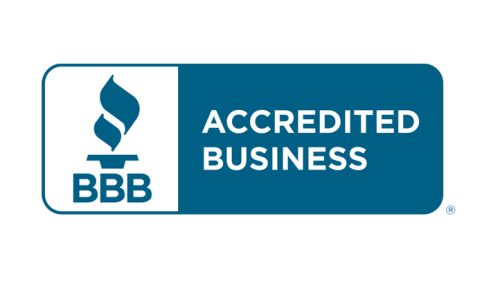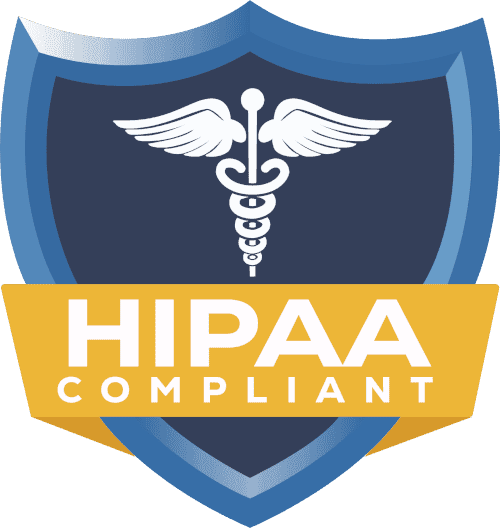How to Track Credentialing Status with Insurance Payers ?

Keeping track of the credentialing status with insurance payers is a critical step for health organizations and providers, but it is tiresome. With so many time-consuming tasks and weeks of waiting on every application and follow-up, it’s hard to keep track of all of them. So, devising an efficient and convenient tracking system or database will save time and energy.
This guide provides an easy-to-follow approach to tracking credentialing status efficiently, outlining what needs to be logged, any necessary follow-ups, and the integration of tools such as CAQH, PECOS, and other escalation strategies, as well as third-party credentialing services.
What to Log (Dates, Contacts, Tickets, Actions)
The foremost step in any credentialing tracking system is determining what information needs to be logged in the system to keep an effective record. Some of the key data points to be logged include:
- Date of submission of the admission: This would serve as the starting point of your application timeline.
- Basic contact information including name, phone number, email, ID, and point of contact.
- Reference to the ticket number that would be assigned by the payer for each inquiry.
- Dates of follow-ups, including when you last reached out and when you should follow up again.
- Status notes are pending updates from the payer for EQ, currently under review, and awaiting the committee’s response.
- Any additional documents or actions required.
Here is the sample tracking template:
| Name of payer | Date of submission | Contact name | Contact no/ ID | Ticket number | Last follow-up | Next follow-up | Current application status | Action required |
| XYZCRS | 02/03/2025 | Aliana Jones | 555-325-8512 | 257896 | 02/15/2025 | 05/30/2025 | Awaiting committee | Attach updated license |
Recommended Follow-Up Cadence
Payers have hundreds of credentialing applications to process at hand. So, you must be persistent with your follow-ups and application to avoid any rejection and miss any payments.
To ensure value-added services, it is advisable to follow a strict cadence that keeps your application in sight but does not overdo it. Here’s a standard payer follow-up cadence you can follow:
- One week after submitting the application, you will receive a confirmation receipt.
- After 2 or 3 weeks, check up on application status and look if there is any request for additional documents, etc.
- Keep up with the payer’s timeline. If they state the timeline to be 45 days, then you should follow up every 30 days to avoid missing track of time.
- Lastly, before the expected completion, follow up on the last 2 weeks to fulfill any last-minute requirements. Also, try to keep in touch with the same person at the payer’s end so you can have smoother processing and continuity for the next time.
Using CAQH, PECOS, and Payer Portals
While talking about the efficient strategies in credentialing and data management, we cannot neglect the platforms like CAQH, PECO and other payer portals (Aetna, UHC, BCBS). Let’s have a quick review of these.
CAQH stands for Council for Affordable Quality Healthcare. CAQH has its own credentialing database under the name of CAQH Proview that provides credentialing provider enrollment maintenance service with automatic updates. The best part is that it is available universally, fostering health management and plans.
PECO is an abbreviation used for Provider Enrollment, Chain, and Ownership System. It deals with online Medicare enrollment, verifying personal information, and ensuring compliance with Medicare regulations.
The smart way to fast-track your credentialing process is to register on CAQH, PECOS, and other payer portals, because commercial payers pull provider information from these platforms.
So, keeping your profile updated with all the current documents attached helps your application process to be seamless through these tools.
You can use the portals to keep credentialing status updates and upload any required documents without any hassle.
Escalation Paths That Work
Sometimes, even after regular credentialing status updates, payer follow up cadence and updated profiles on payers’ portals and application stalls. Here is how you can escalate the process:
- Follow up with the payers, politely mentioning the stated processing timeline and referring to the date of application submission.
- If the customer representative fails to provide key reasons, consider discussing with a senior credentialing agent.
- Try emailing instead of calling, as written communication gives a valid and proper trail of communication.
- Contact the assigned relationship reps by the payer to expedite the process internally.
Sample Call Script:
Hello, this is [your name]. I want information on the application number [reference number] submitted on [date] by [provider].
What is the status? Are there any further requirements for processing?
Sample Email Script:
Subject: Credentialing Status Tracking Request for [Provider name] – [reference number]
Dear [Payer contact],
This email is aimed at checking the status of the application number [ticket number] submitted by [provider name] on date [submission date]. Please respond with the status of the application and any requirements that may hinder the process.
Obliged for your cooperation.
[Your name]
[Your designation]
[Practice name]
[Phone number]
When to Involve a Credentialing Partner
If you need to manage credentialing tracking of multiple providers or have a high number of payers, it’s better to hire additional help before a blunder happens.
Third-party credentialing partners help you maintain a seamless database of all your applications without the need to hire extra staff or secure additional space. They are best in case you are exhausted from repeated refusals from the payer’s end.
However, the following points need to be taken into consideration when deciding to involve a credentialing partner:
- What are the goals of a partner, and how do they converge with yours?
- Carry out a benefit analysis
- Team administration and trust
- Fluent communication with the partner
In-house Tracking Vs Third-party Partners:
| Cost | Time saved | Best for | |
| In-house tracking | High | No | Small practices |
| Third-party partners | Moderate to high | Yes | Large organizations |
Frequently Asked Questions
- What is the Easiest Way to Check My Credentialing Status?
The easiest way to get the credentialing status update is to enter a National Provider Identifier or license number on the payer portal’s website. Once you submit the required entries, you can easily check for the updated status.
- Which is the Best Way to Keep Track of Credentialing Status?
Placing the insurance contracts in a secure location keeps track of essential information, including present certifications and renewals.
- How to verify that I am Credentialed to an Insurance Company?
You can directly call the insurance company. After providing the necessary entities like names, addresses, tax ID, and NPI, you can get your answer. However, you can also contact the insurance company through email.
Final Points!
Credentialing is crucial for health care providers, as delays can result in lost revenue and negatively impact patient care. With the use of immaculate tracking logs and following a strict cadence, along with integrating portals like CAQH and PECOS; providers can drastically accelerate their application processing and credentialing.
Whether you do it by yourself or hire a third-party provider, a structured tracing database is the key to seamless application processing. Need help tracking credentialing status? Explore credentialing support services at Credex Healthcare.



















